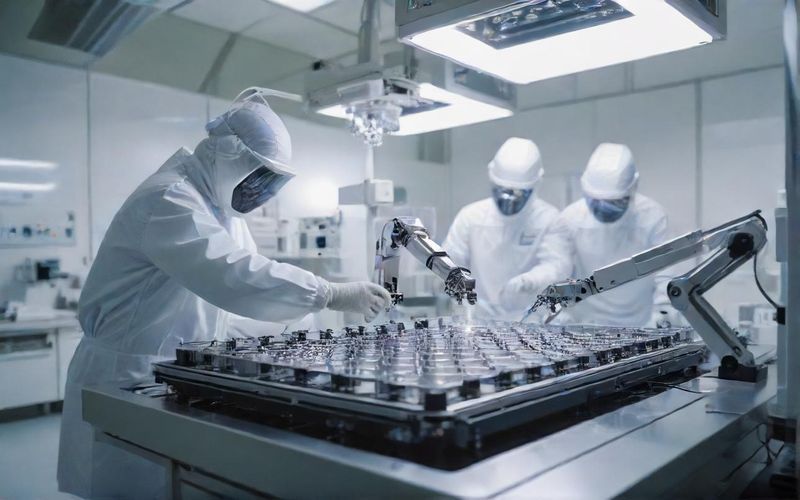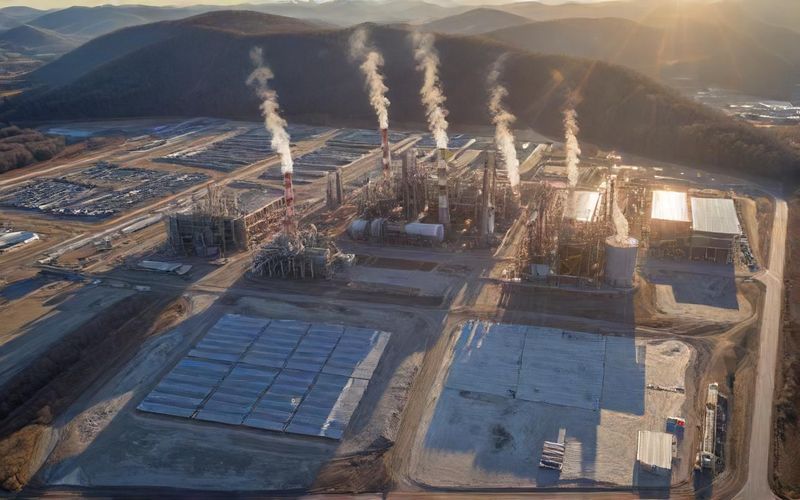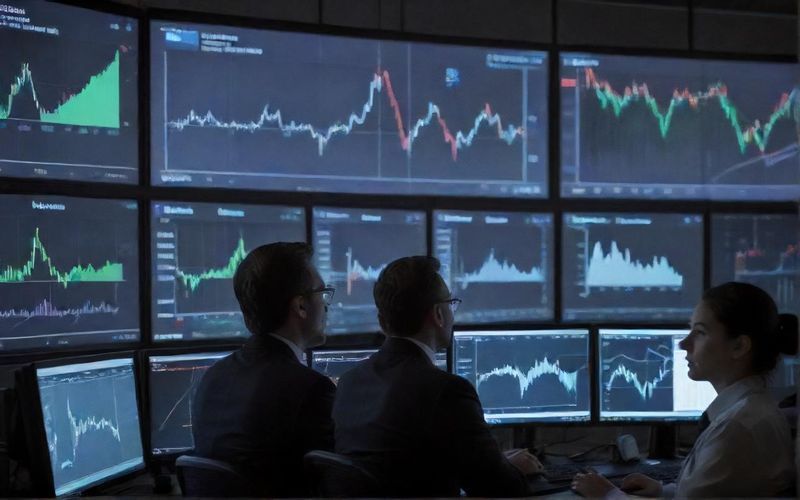Nvidia Rivalry: Key Chipmaker's Quiet Rise

This evolving competitive environment prompts a deeper look, not just at the designers of the chips, but at the indispensable enablers of their creation. When we talk about the marvels of modern computing, the conversation often centers on the end product – the powerful AI models or the immersive gaming experiences. Yet, behind these advancements lies a complex, highly specialized manufacturing process. This is where Taiwan Semiconductor Manufacturing Company, or TSMC, enters the picture. They are the silent architects, the true magicians of the semiconductor world, translating intricate designs into the physical chips that power everything from our smartphones to the most sophisticated AI data centers.
TSMC’s position is, in many ways, analogous to Nvidia's in its own domain. They are the world's leading contract chip manufacturer, the foundry where Nvidia, AMD, Apple, and a host of other tech giants have their groundbreaking designs brought to life. Their expertise in producing increasingly smaller and more powerful transistors, particularly at the cutting-edge 3nm and 2nm processes, is critical. As Nvidia news today continues to dominate headlines, it's crucial to remember that without TSMC's manufacturing capabilities, these advanced chips simply wouldn't exist at scale. This symbiotic relationship suggests that even as Nvidia faces direct competition, its core manufacturing partner, TSMC, remains strategically positioned to benefit from the entire ecosystem's growth.
Moreover, TSMC’s proactive diversification of its manufacturing footprint, with significant investments in Arizona, is a shrewd move. In an era of increasing geopolitical complexities and potential trade barriers, having fabrication plants on U.S. soil provides a degree of resilience for both TSMC and its American clients. This strategic expansion not only mitigates risks but also aligns with governmental initiatives aimed at bolstering domestic semiconductor production. As revenue figures for TSMC continue to show robust year-over-year growth, consistently hitting billions per month, the company's foundational role in the semiconductor supply chain solidifies its importance. It's a company that profits not just from one dominant player, but from the collective innovation of the entire industry.
Beyond the chip fabrication giants, there's another facet to the semiconductor story that demands attention: the specialized equipment that makes advanced chip manufacturing possible. This brings us to ASML, a company with a truly unique and dominant position. ASML is the sole manufacturer of extreme ultraviolet (EUV) lithography machines, an indispensable technology for producing the most sophisticated microchips. While Nvidia designs the brains and TSMC builds them, ASML provides the critical machinery that enables the printing of the most complex layers on those chips. This exclusive capability grants ASML a formidable competitive advantage, making it an essential partner for any company pushing the boundaries of semiconductor technology.
Looking at financial metrics, ASML’s free cash flow generation, while not on the same scale as Nvidia's massive revenue, demonstrates impressive per-share growth and a compelling yield. For investors seeking value and a strong technological moat, ASML presents a compelling alternative, trading at a valuation that appears attractive relative to its historical averages. It’s a reminder that the success of the AI revolution is not solely dependent on chip designers, but also on the companies that provide the foundational tools for innovation.
As the conversation around Nvidia continues to dominate, it’s easy to get caught up in the direct competition narrative. However, a more nuanced perspective reveals that the true beneficiaries of this technological surge may extend beyond the chip designers themselves. Companies like TSMC and ASML, who are integral to the very creation of these advanced semiconductors, possess distinct advantages and offer unique investment opportunities. The question then becomes, as this technological wave continues to crest, are we sufficiently recognizing the indispensable infrastructure providers who are truly making it all possible?









